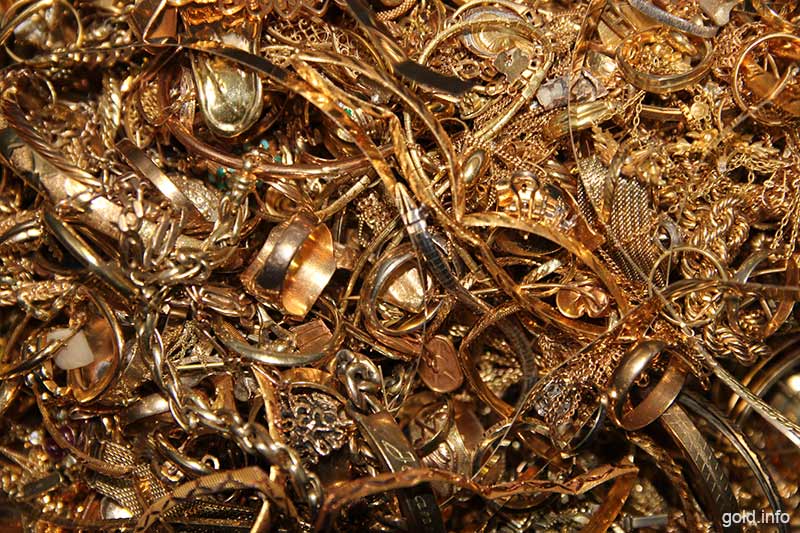Gold has long been associated with luxury, wealth, and exclusivity. In recent years, however, consumers have become increasingly concerned with the ethical and environmental implications of their purchases, leading many to seek jewelry made from recycled gold. But how much of the recycled gold narrative is true, and how much is a marketing ploy? This article explores why recycled gold in jewelry might be more of a myth than a sustainable solution.
The Promise of Recycled Gold
The concept behind recycled gold in jewellery is a lie is appealing. By reusing existing gold, we can reduce the demand for new mining, which is often linked to deforestation, pollution, and human rights abuses. In theory, this should lead to a more sustainable and ethical jewelry industry. However, the reality is more complex.
Gold’s Circular Economy
Gold is inherently recyclable, as it does not degrade or lose its properties over time. This means that much of the gold used in jewelry today has likely been recycled at some point. However, unlike materials such as aluminum or paper, gold is almost always recycled because of its intrinsic value. It is rarely discarded and instead is kept in circulation through various forms: jewelry, bullion, electronics, etc. This natural cycle complicates the concept of “new” versus “recycled” gold.
Marketing Versus Reality
One of the biggest issues with the recycled gold narrative is the lack of transparency and standardization in the jewelry industry. When a company claims to use recycled gold, it’s often unclear where that gold is coming from or how it is processed. Some brands might be sourcing gold from electronic waste lab diamonds, while others might be melting down old jewelry. The lack of clear definitions and standardized certifications makes it challenging for consumers to know the true origin of the gold in their jewelry.
The Illusion of Reduced Mining
Another misconception is that using recycled gold directly reduces the demand for new mining. Gold is a globally traded commodity, and demand is driven by factors such as investment, technology, and jewelry production. While using recycled gold in jewelry might seem like it’s reducing the need for new mining, it’s unlikely to impact the overall demand for gold, which continues to rise. Mining companies often extract gold for multiple purposes, and a reduction in jewelry-related demand may not necessarily lead to a decrease in mining activities.
Ethical Considerations
While the idea of recycled gold is marketed as an ethical alternative, it doesn’t inherently address the deeper issues within the gold industry, such as labor exploitation, conflict financing, or environmental damage. Consumers seeking truly ethical jewelry should look for brands that prioritize transparency, traceability, and ethical sourcing from mine to market.
Conclusion: What Should Consumers Do?
Consumers interested in sustainable and ethical jewelry should approach recycled gold claims with a healthy dose of skepticism. Instead of focusing solely on recycled content, consider the broader ethical practices of the brand. Look for certifications from reputable organizations, support companies that have transparent supply chains, and consider alternatives like lab-grown diamonds or vintage jewelry. By being more informed and demanding accountability, consumers can help drive positive change in the jewelry industry.

